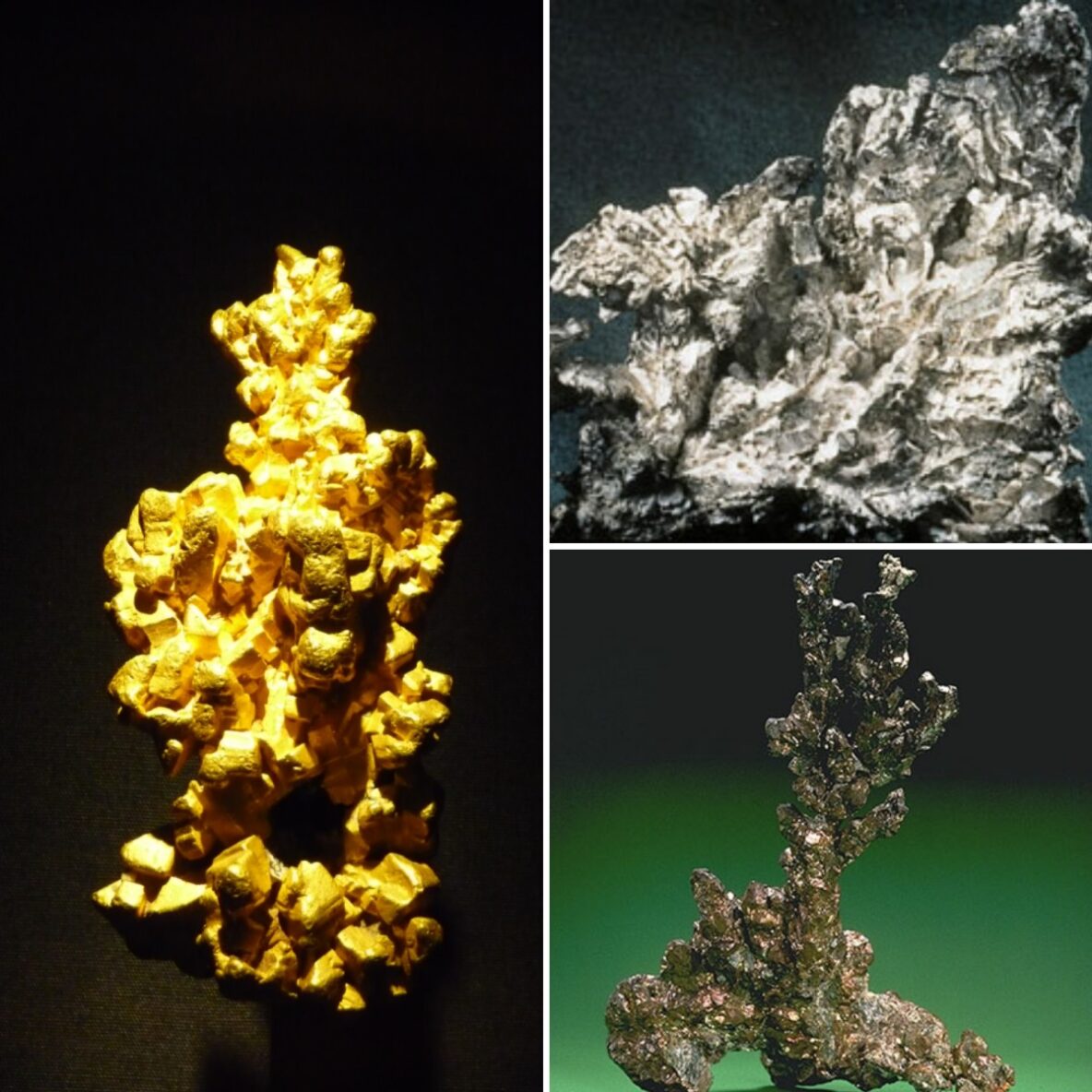Only gold, silver, and bronze (or copper), used in the construction of the Tabernacle, qualify as genuine, noble metals based on their electron structure, making them resistant to corrosion and oxidation. Their use in establishing the Tabernacle in the earth speaks of connection with eternal and unchanging things.
The Bible typology of these three metals is incredible. They are all three known as “group eleven elements” as they appear together vertically on the periodic table of elements. They are understood to be transition metals that form a bridge between two sides of the periodic table. These metallic elements illustrate how God bridged the gap between heaven and earth that sin created through His Son Jesus.
All three are excellent conductors of heat and electricity. Contact with God includes power that we cannot generate nor produce in and of ourselves.
Science suggests that these metals came from beyond earth. The origin of gold is mysterious, since it’s not formed within stars like lighter elements such as carbon and iron. It is possible that all of the gold on Earth might have come from cosmic crashes between superdense dead stars producing a trajection of these elements towards earth at some point in time.
This theory might explain why there is a heavenly or spiritual association with metals in the Bible and why God uses them in connection with the spiritual act of worship. In particular, silver and gold were used to fashion idols, the other “gods.”
The idols of the nations are silver and gold,
The work of men’s hands. — Psalm 135:15
These metals’ heavenly origins also explain why these three metals, and only these three metals, are used to construct this Tabernacle of Worship patterned after heavenly realities.
Christ has not entered the holy places made with hands, which are copies of the true, but into heaven itself, now to appear in the presence of God for us — Hebrews 9:24
Gold, silver, and copper are referred to as the “royal family” in the world of metals because they are considered currency metals and, therefore, can be attached to concept ideas regarding value. Currency implies transactions between parties. Our spiritual condition concerns a transaction and that transaction is Salvation. Faith is the currency of heaven. Economic metaphors are commonly used in the Bible to express ideas of sin and righteousness.
. . . the wages of sin is death, but the gift of God is eternal life in Christ Jesus our Lord. Romans 8:23
. . . you were not redeemed with corruptible things, like silver or gold, from your aimless conduct received by tradition from your fathers, but with the precious blood of Christ, as of a lamb without blemish and without spot . . . — I Peter 1:18-19
In traditional Ancient practices, if someone saved your life, you were indebted in service for life to the one who saved you. The value of restoring a servant was thirty shekels of silver. Judas betrayed Jesus and was paid thirty pieces of silver. Jesus has redeemed our lives and we are indebted to serve him and his eternal purposes for the rest of our lives.
These three metals speak of how we connect with God through His one and only Son.
The judgment of sin involved a blood sacrifice. Interestingly, copper is the only one of the three metals with a reddish color.
To move into the presence of God we must first pass through the entrance of the outer court abounding with copper by God’s directives. The first order of business is dealing with our sin. To move into the Holy Place, just outside of the Holy of Holies, we must pass through the part of the structure that abounds with silver, representing the redemption price paid at the expense of God’s one and only Son, Jesus.
Through the sacrifice of Christ will are welcome into the glorious golden Holy of Holies forgiven of our sins with the full price of our redemption paid.
. . . behind the second veil, the part of the tabernacle which is called the Holiest of All, which had the golden censer and the ark of the covenant overlaid on all sides with gold, in which were the golden pot that had the manna, Aaron’s rod that budded, and the tablets of the covenant; and above it were the cherubim of glory (these were gold too) overshadowing the mercy seat. — Hebrews 9:3-5
This speaks of the restoration of God’s original plan of fellowship with him in The Garden of Eden. Interestingly, the Tabernacle has its roots in the very first Tabernacle of the Garden in Eden.

